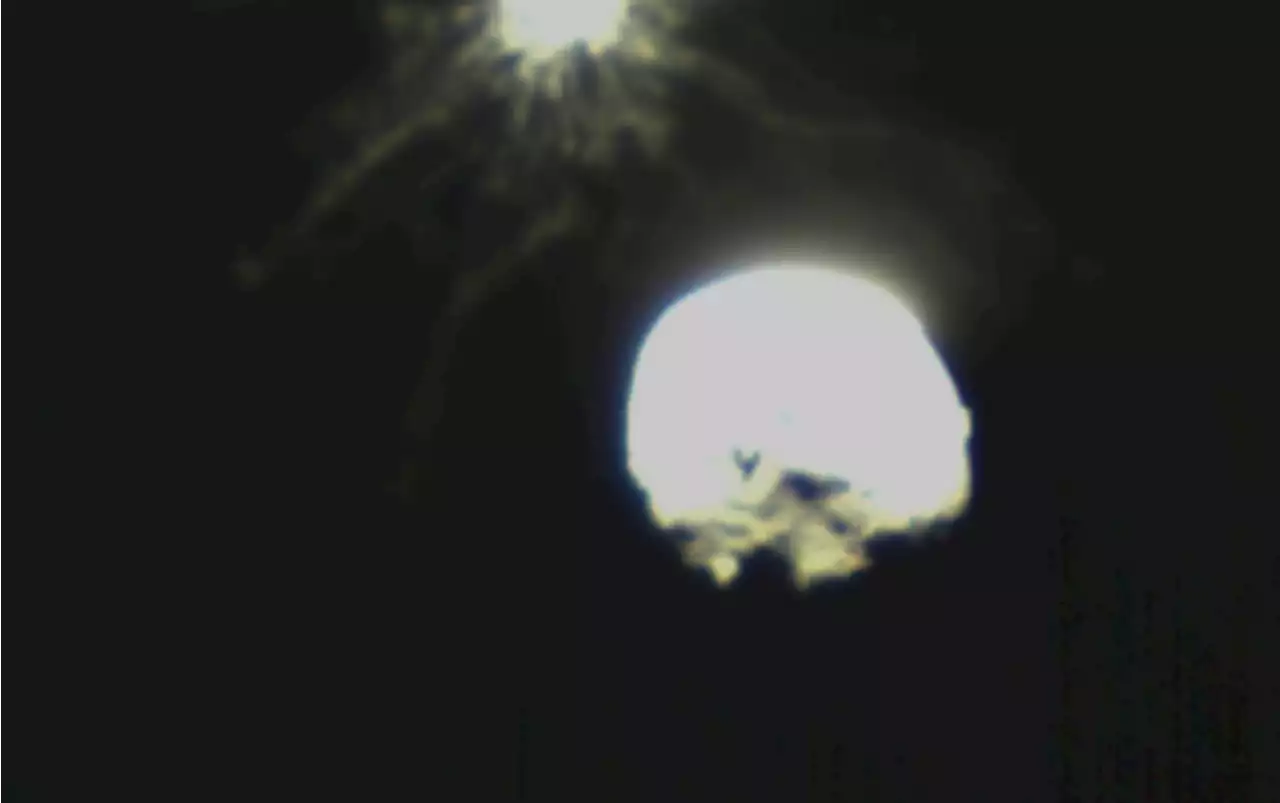The celestial crash between NASA’s DART spacecraft and the asteroid Dimorphos is yielding spectacular pictures and data
Telescopes in space and across Earth captured the spectacular aftermath of NASA’s DART spacecraft crashing into the asteroid Dimorphos on 26 September. The smash-up was “the first human experiment to deflect a celestial body”, says Thomas Zurbuchen, NASA’s associate administrator for science, and “an enormous success”.
Studying the plume’s evolution will shed light on the physical properties of Dimorphos, Elisabetta Dotto, LICIACube’s science team lead at the National Institute for Astrophysics in Rome, said at a press briefing. By analysing how the plume formed and dispersed, researchers can calculate how much of DART’s kinetic energy went into ejecting debris from Dimorphos, and how much might have gone into altering the asteroid’s orbit—the goal of the mission.
LICIACube, which is Italy’s first deep-space mission, used an autonomous guiding technique to keep its cameras locked on Dimorphos as it whizzed past in the aftermath of the DART crash, just 55 kilometres from the asteroid. It used two cameras—a black-and-white one named LEIA and a three-colour one named LUKE—to photograph Dimorphos before and after the crash.
United States Latest News, United States Headlines
Similar News:You can also read news stories similar to this one that we have collected from other news sources.
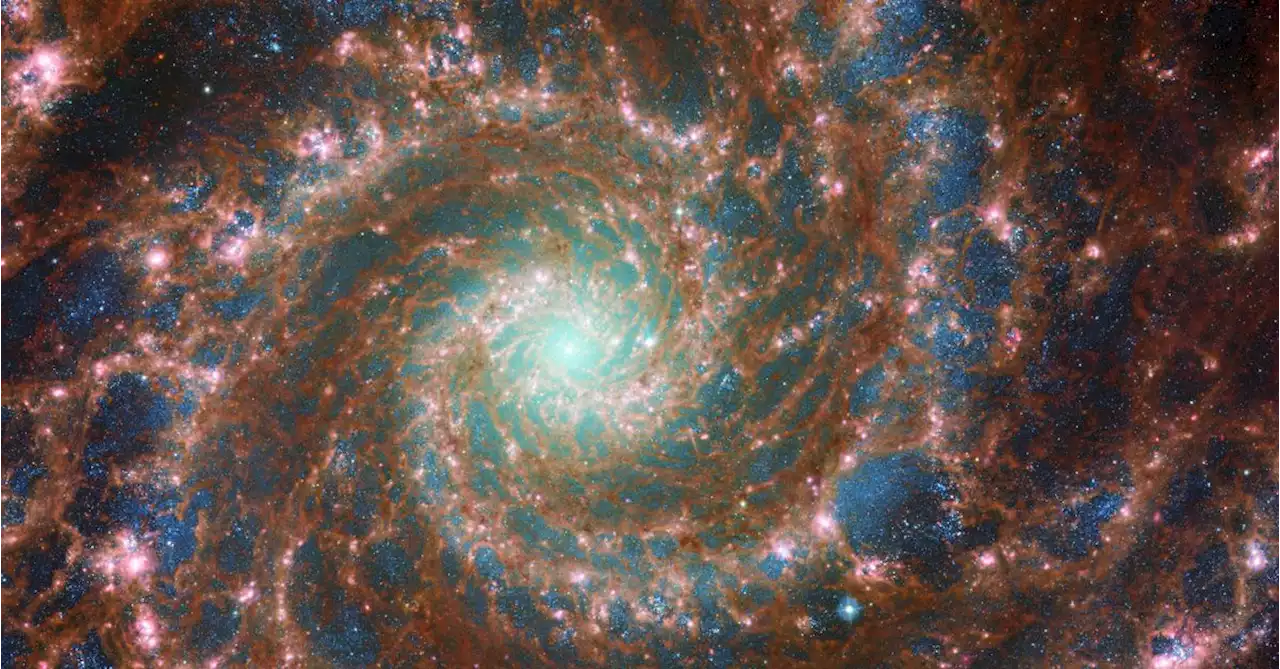 NASA, SpaceX to study ways to boost orbit of Hubble telescopeElon Musk's SpaceX plans to fund a study with NASA to examine ways to use the space company's Dragon capsule to raise the Hubble Space Telescope's orbital altitude, which would extend its useful life, agency officials announced on Thursday.
NASA, SpaceX to study ways to boost orbit of Hubble telescopeElon Musk's SpaceX plans to fund a study with NASA to examine ways to use the space company's Dragon capsule to raise the Hubble Space Telescope's orbital altitude, which would extend its useful life, agency officials announced on Thursday.
Read more »
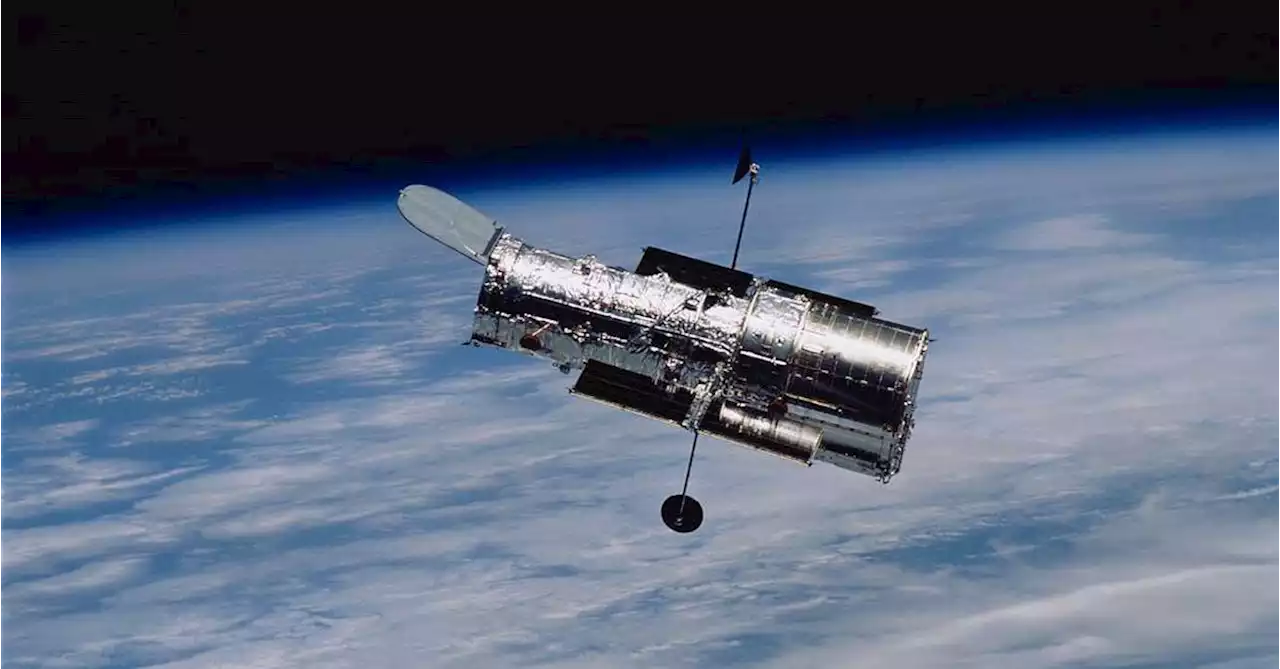 NASA is studying whether SpaceX can visit the Hubble Space TelescopeHubble last got a visitor during the Shuttle era.
NASA is studying whether SpaceX can visit the Hubble Space TelescopeHubble last got a visitor during the Shuttle era.
Read more »
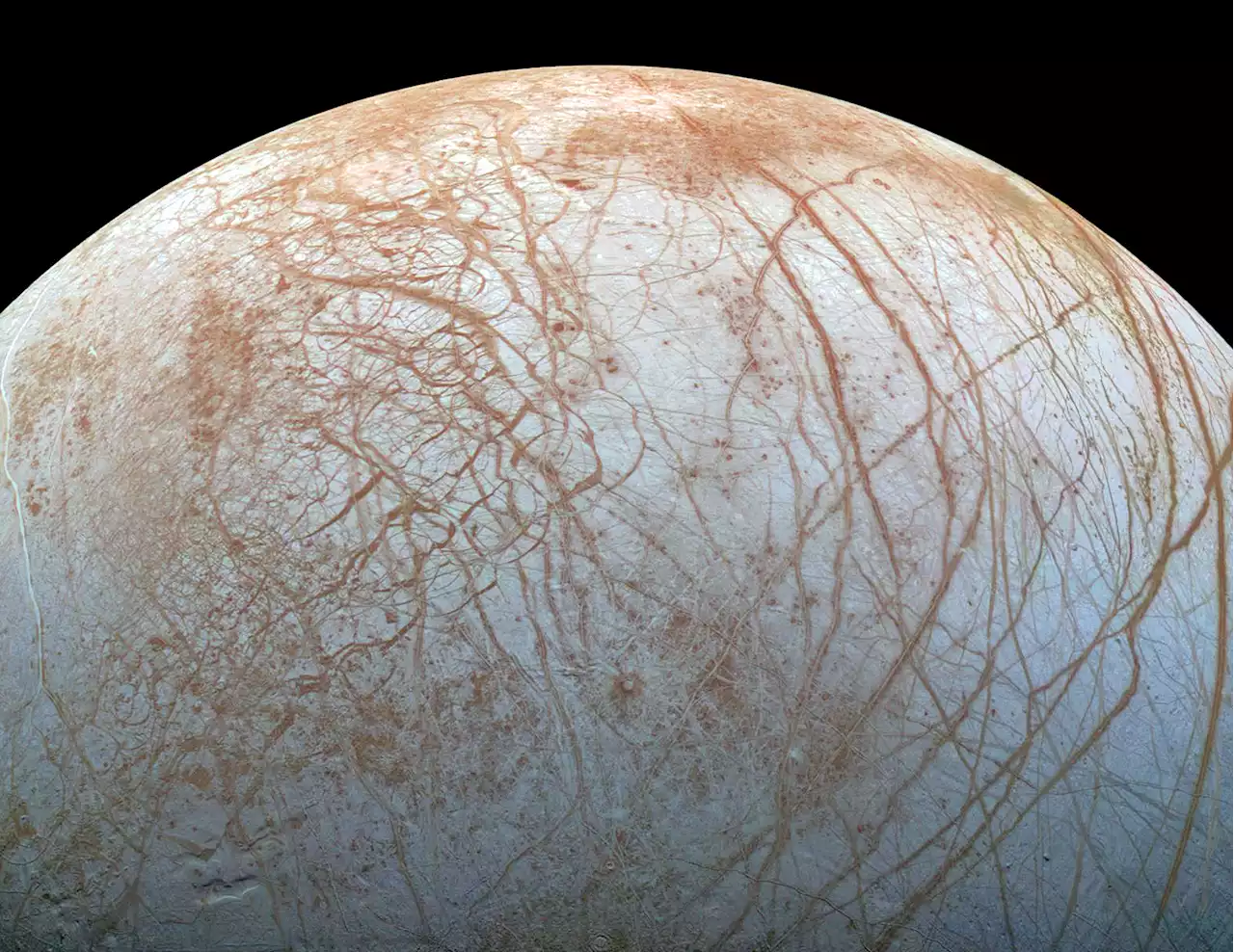 NASA releases first Juno image from Europa flybyJuno just completed its latest pass of Jupiter's moon, Europa, and NASA will start sharing images soon. Here's how to see them.
NASA releases first Juno image from Europa flybyJuno just completed its latest pass of Jupiter's moon, Europa, and NASA will start sharing images soon. Here's how to see them.
Read more »
 SpaceX, NASA look at launching Dragon to service Hubble Space TelescopeSpaceX and NASA will conduct a six-month feasibility study that looks at all the options.
SpaceX, NASA look at launching Dragon to service Hubble Space TelescopeSpaceX and NASA will conduct a six-month feasibility study that looks at all the options.
Read more »
 Update: SpaceX, NASA to study possible reboost mission to Hubble Space TelescopeMichael Wall is a Senior Space Writer with Space.com and joined the team in 2010. He primarily covers exoplanets, spaceflight and military space, but has been known to dabble in the space art beat. His book about the search for alien life, 'Out There,' was published on Nov. 13, 2018. Before becoming a science writer, Michael worked as a herpetologist and wildlife biologist. He has a Ph.D. in evolutionary biology from the University of Sydney, Australia, a bachelor's degree from the University of Arizona, and a graduate certificate in science writing from the University of California, Santa Cruz. To find out what his latest project is, you can follow Michael on Twitter.
Update: SpaceX, NASA to study possible reboost mission to Hubble Space TelescopeMichael Wall is a Senior Space Writer with Space.com and joined the team in 2010. He primarily covers exoplanets, spaceflight and military space, but has been known to dabble in the space art beat. His book about the search for alien life, 'Out There,' was published on Nov. 13, 2018. Before becoming a science writer, Michael worked as a herpetologist and wildlife biologist. He has a Ph.D. in evolutionary biology from the University of Sydney, Australia, a bachelor's degree from the University of Arizona, and a graduate certificate in science writing from the University of California, Santa Cruz. To find out what his latest project is, you can follow Michael on Twitter.
Read more »
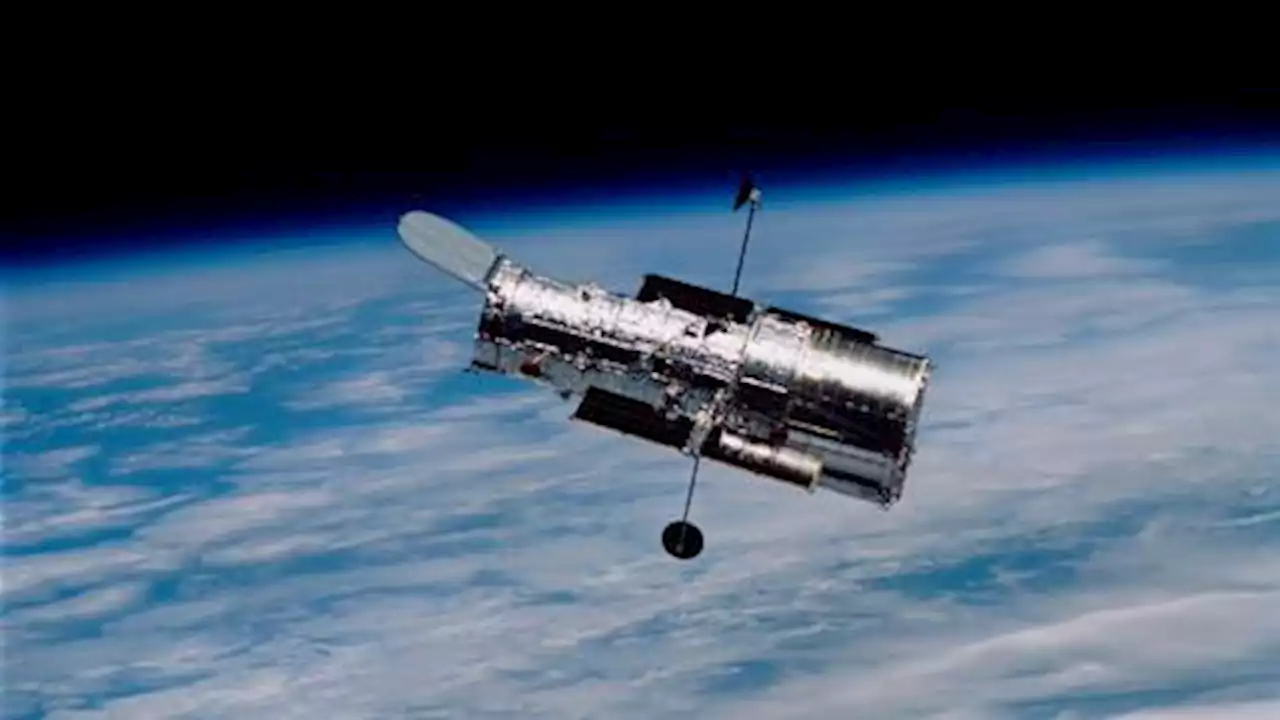 NASA, SpaceX to study ways to boost Hubble telescope's orbitElon Musk's SpaceX plans to fund a study with NASA to examine ways to use the space company's Dragon capsule to raise the Hubble Space Telescope's orbital altitude, which would extend its useful life, agency officials say.
NASA, SpaceX to study ways to boost Hubble telescope's orbitElon Musk's SpaceX plans to fund a study with NASA to examine ways to use the space company's Dragon capsule to raise the Hubble Space Telescope's orbital altitude, which would extend its useful life, agency officials say.
Read more »
